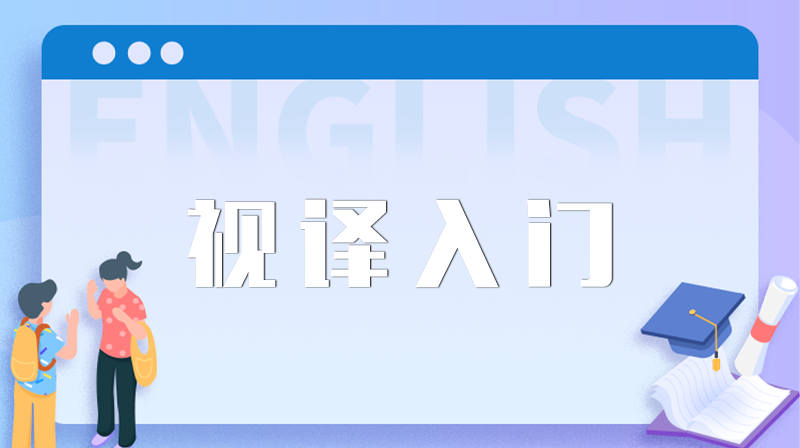第九章单元测试
- Which is the most common type of SI+T? ( )
- Which is not the consequence of relying too much on text? ( )
- Which of the following is NOT true? ( )
- Which of the following is true? ( )
- Which one is the third practice step of the SI+T? ( )
A:Using Power Point slides (PPTs).
B:Working with running written texts of speeches.
C:Reading out of pre-translated speeches.
答案:Working with running written texts of speeches.
A:Speaker changes the numbers or data and the interpreter changes them accordingly.
B:The interpreter cannot follow the speaker when the latter speaks too fast.
C:It is hard for the interpreter to notice if the speaker omits some parts of the text in time.
A:Remembering numbers, dates, personal names, locations, etc. accurately is possible in SI+T.
B:The interpreter can read out of pre-translated speeches all the time.
C:The interpreter cannot rely too much on text in SI+T.
A:Before the conference, the interpreter does not need to confirm with the staff whether he /she needs to change accordingly when the speaker changes the numbers or data.
B:The interpreter does not need to prepare before simultaneous interpretation without text.
C:Relying too much on text in SI+T may lose track of the speaker’s digressions from the text.
A:Rush scenario (text given 2-3 minutes in advance), no digressions, oralized text.
B:Normal scenario (text given 20 minutes in advance), no digressions, oralized text.
C:Ideal scenario with digressions, oralized text.
温馨提示支付 ¥3.00 元后可查看付费内容,请先翻页预览!

